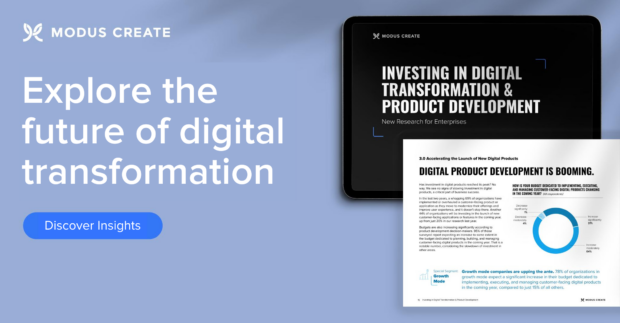Conversations with Chief Innovators Ep 7: Harrisburg University


Subscribe via Email
Subscribe to our blog to get insights sent directly to your inbox.
Welcome to Conversations with Chief Innovators, where our former CEO Pat Sheridan discusses innovation in business with transformational leaders across industries. In the seventh episode, we bring you Jay Jayamohan, Executive Director, Center for Innovation & Entrepreneurship at Harrisburg University of Science and Technology.
Watch the full episode below:
Serial entrepreneur, mentor, and faculty member — Jay Jayamohan is a leading expert in disruptive innovation and strategic management. He has worked extensively with Fortune 500 and Global 1000 companies, the U.S. government, startups, venture capitalists, and foundations.
Jay’s experience in both entrepreneurship and academia makes him the ideal mentor for the next generation of innovators. As the Executive Director at the Center for Innovation & Entrepreneurship (CIE), Jay is responsible for creating a multi-pronged but interconnected hub that aligns entrepreneurial activities across disciplines.
I recently sat down with Jay to discuss entrepreneurship and innovation. Here are a few excerpts from our conversation.
1. What is the story of the CIE?
Eric Darr, President of Harrisburg, approached me to set up an innovation center to teach the next generation of students about entrepreneurship. He gave me full autonomy to operate the center, almost like a startup, independent from the business school.
Today, we have 19 startups in our accelerator program, supporting a diverse group of founders and innovators. We also help established enterprises with corporate innovation so they can disrupt their industries before any startup does.
2. How do you stay engaged in your role and where do you turn for inspiration?
I used to read a lot, but now I spend time in the field trying to understand how people are innovating, their best practices, and what they can teach me.
I spend time with some of the organizations in India, like the Indian Space Research Organization. It’s full of rocket scientists and I was recently invited to speak about innovation. I started my talk by saying, “I am probably the least qualified person in the room.”
I was impressed with what I saw. A group of young students was working with these rocket scientists, focusing on launching satellites more cost-effectively. Their model has inspired others.
Another example, we recently ran a hackathon with several engineers, including some from Modus. I’m always learning at events like this, seeing first-hand how people create.
3. Why do most large companies struggle to innovate?
When faced with pressure to innovate, most large companies hire a Big Three consultant who parachutes in and shares big ideas. But coming up with ideas is not the hard part. The hard part is execution. Most enterprises struggle to implement action items.
Many senior executives from large enterprises say that, unlike startups, they can’t afford to fail. But it’s difficult to innovate if you don’t have a stomach for failure. So, I always tell senior executives to know their own innovation track record.
And remember: Developing a website is not innovation, it’s just business as usual.
4. What is your approach to innovation?
I always ask enterprises: Are you willing to disrupt your own business model? If not, someone else will, and you’ll have to play catch up.
My suggestion is not to create all-encompassing innovation initiatives without understanding your core customer journey. Start with customer segment questions, and understand how you keep and grow your customer base. You’ll be surprised how few leaders actually spend time on this.
You should also be outcome-driven when it comes to innovation and prioritize initiatives that either save you money or generate revenue.
Finally, don’t forget one of the most critical aspects of innovation: Change management. If you don’t communicate the benefits of your initiatives effectively, there’s always a risk of pushback from the team.
5. Any advice for leaders looking to innovate?
Continuous learning is the most important thing. You have to be forward-looking and monitor new trends and technologies instead of playing catch up.
Today, every company is a technology company, so you need to create a strong software culture in your organization. Innovation rarely occurs in silos. You can create the best ice tray for refrigerators, but unless you know how the rest of the refrigerator works, it won’t be of use. frameworks like whole system mapping can help you figure out different pieces of the puzzle and help you drive innovation that makes an impact on your organization.
Dive into Conversations with Chief Innovators to learn how business leaders are redefining their industries. Learn more →


Pat Sheridan is the co-founder and former CEO of Modus Create. He is a 2011 graduate of MindShare, received his MBA from Georgetown University, and holds a BFA from the Corcoran College of Art and Design. Pat is focused on the intersection of design, technology, and business and helps clients see new ways to tackle challenges with emerging technology.
Related Posts
Discover more insights from our blog.


